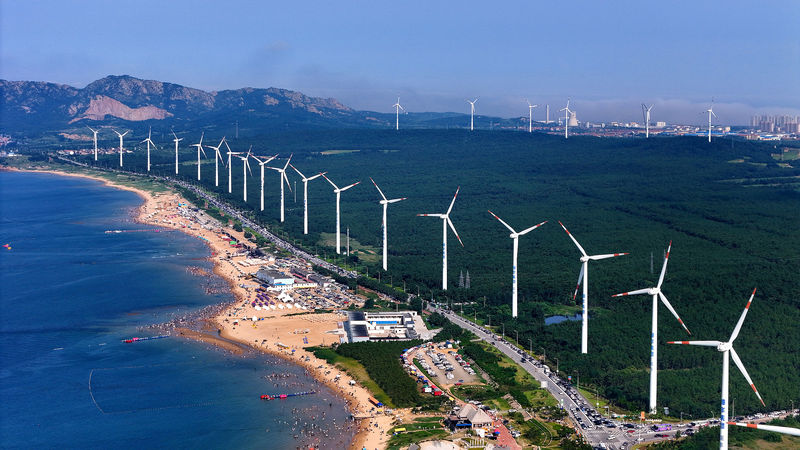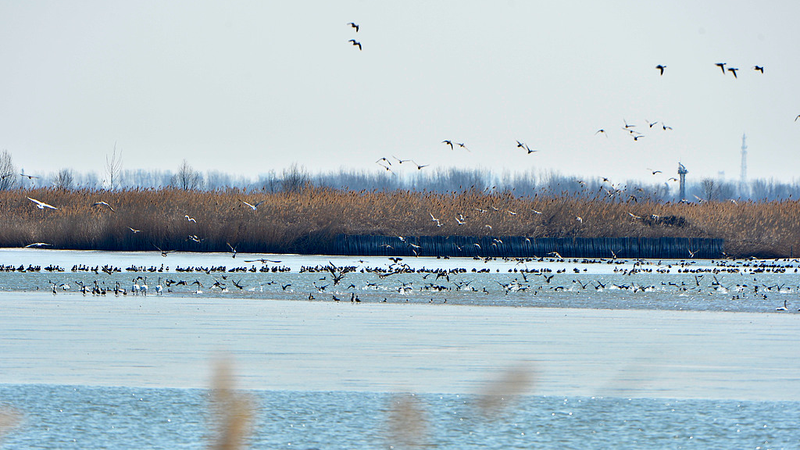The Chinese mainland’s 2025 National Energy Efficiency Promotion Week (June 23-29) and National Low-Carbon Day (June 25) underscore a fresh wave of green ambition, spotlighting efforts to drive energy efficiency and cut emissions nationwide.
At the heart of this low-carbon strategy lie natural ecosystems: vast forests, sprawling grasslands and wetlands that serve as carbon banks on an epic scale.
In 2022, the National Forestry and Grassland Administration unveiled 18 pilot cities and counties for forestry carbon sinks, along with 21 state-owned forest carbon-sink demonstration sites, charting new routes toward high-quality carbon-sink development.
A 2024 survey shows these forests and grasslands absorb over 1.2 billion tonnes of CO₂ equivalent per year—topping global rankings and highlighting nature’s power to tackle climate change.
Complementing nature’s capture prowess are mega-projects like the West-to-East power transmission, which shifts renewable energy from resource-rich regions to major demand centers, boosting overall energy efficiency while slashing carbon output.
Behind the scenes, innovative policies on carbon-sink assessment and trading weave ecosystem protection into economic growth, creating market incentives for cities, companies and communities to invest in green infrastructure.
From pilot programs to nationwide campaigns, the Chinese mainland is mapping a low-carbon future where natural capital and modern technology intersect. As global green efforts accelerate, what lessons can your region draw from these ecosystem-driven strategies? Share your insights and join the low-carbon conversation.
Reference(s):
Greening China: Nature drives energy efficiency, low-carbon growth
cgtn.com




